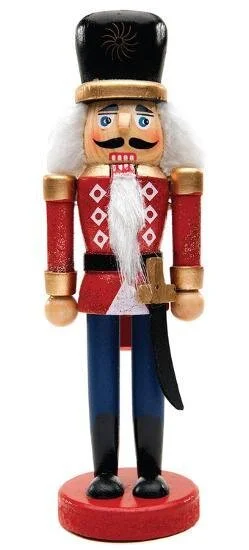Seasonal Connections – Part 1 of 4 - The Nutcracker
/Usually, every Wednesday Heritage Mississauga and Modern Mississauga present our ongoing series called “Way Back Wednesday.” We share information about the history of Mississauga here and answer your questions.
This Christmas season, we’re delving outside of Mississauga and into the world of Christmas/Seasonal/Holiday connections.
Today’s topic is the history of The Nutcracker.
One of the popular symbols of the Christmas and winter season is the Nutcracker.
The Nutcracker is traditionally depicted as a small wooden soldier-like figure, often shown with his teeth bared. But did you know the origins of the Nutcracker?
The Nutcracker symbolism is believed to have originated in the medieval period and was seen as a good luck charm to ward off evil spirits and bless a home.
That is, they were fierce protectors of the house. The Nutcracker traditionally represents power over spirits, wild creatures (hence the barred teeth and typically depicted holding a weapon) and strength over the natural world (the devouring or cracking of nuts and seeds).
The consuming of nuts and fruits were traditional parts of the pagan Winter Solstice festivals, and as such the Nutcracker links to traditions older than Christmas itself.











